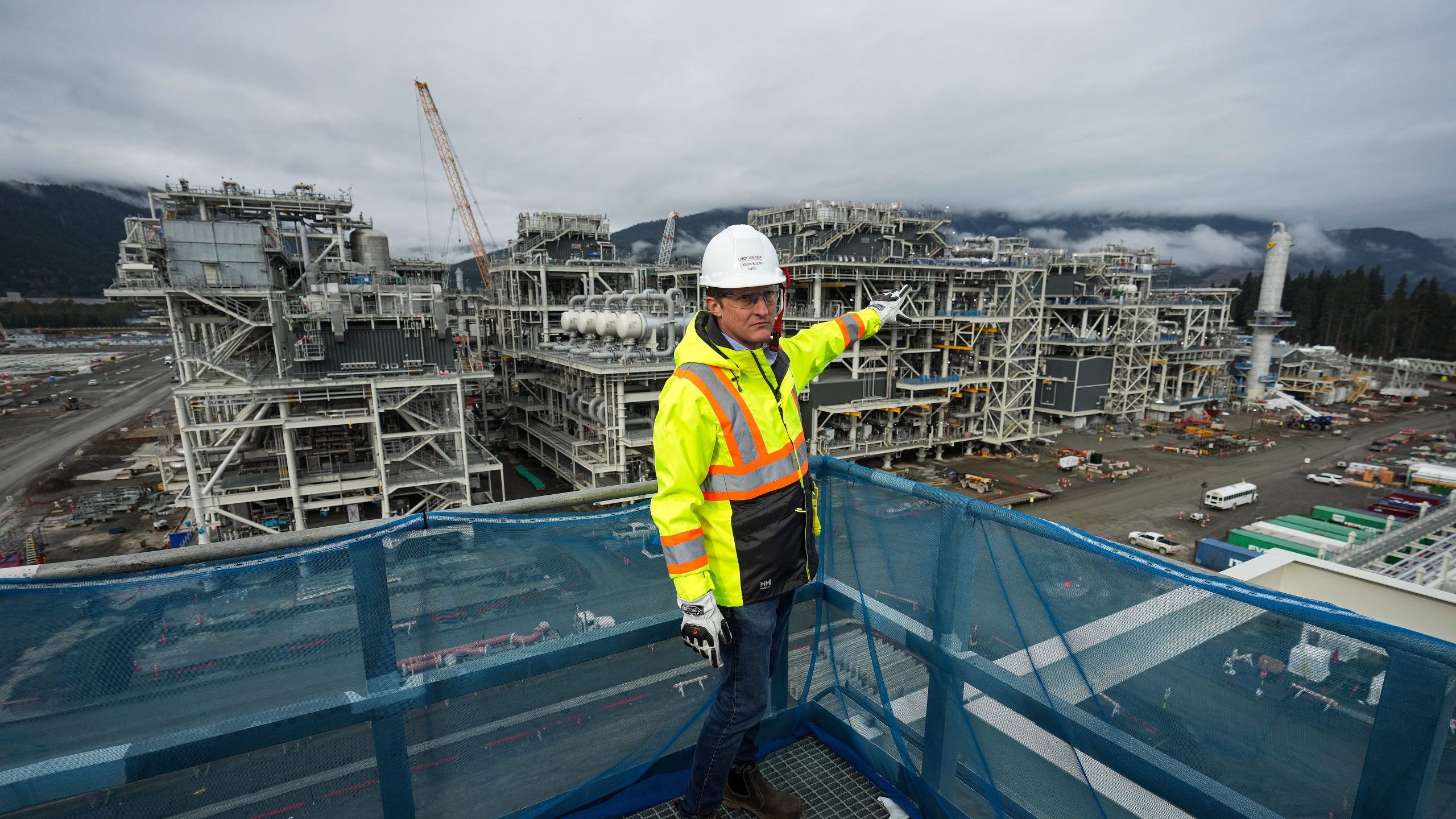Reducing Canada’s oil and gas production to help fight climate change would likely backfire and cause an increase in global emissions, according to a new report published by the Canadian Chamber of Commerce.
“Regardless of whether Canada ‘leaves its resources in the ground,’ other countries will not produce or consume less energy. Doing so could in fact worsen global emissions by making way for dirtier energy sources and suppliers,” wrote Eric Miller, fellow with the chamber’s Future of Business Centre.
Miller called on government and business to recognize natural gas as an essential component of transformation to a lower carbon energy mix. Canada, he said, should build infrastructure to transport natural gas across the country and to global markets.
“In many ways, Canada is an energy superpower,” he said, noting Canada has an abundance of natural gas, oil, hydro, nuclear power, renewables, and critical minerals “I think Canada should be at the forefront of supply, but we’re not, and other countries are stepping up and getting those benefits.”
Of all established energy options, natural gas is the cleanest, emitting approximately half the C02 as coal, said Miller. If just 20 per cent of Asia’s coal-fired power was converted to natural gas, he said, global emissions would drop by more than Canada’s total annual emissions.
“In other words, converting a relatively small share of Asia’s power infrastructure would ‘save a Canada’ in emissions,” he said.
Miller’s report follows good news for Canada’s nascent liquefied natural gas (LNG) industry, with the $18 billion first phase of the LNG Canada terminal now more than 70 per cent complete.
In March, the proposed $3 billion Cedar LNG export facility at the Port of Kitimat received environmental approval from the federal and provincial governments. Also on the west coast, Woodfibre LNG announced it will begin construction of its $5.1 billion LNG facility in September.
“We share the internationally accepted view that liquefied natural gas is the only practical energy source to reduce carbon emissions while at the same time offering immediate opportunities to reconcile Indigenous economies,” said First Nations LNG Alliance CEO Karen Ogen in response to the Cedar approval.
Canada’s primary LNG competitor – the U.S. – advanced from zero LNG exports in 2015 to become the world’s largest LNG exporter last year. Meanwhile, Canada’s first project has yet to come online.
“[There have been] no fewer than eighteen proposals for LNG export terminals in Canada,” Miller said. “What that has meant is that in this moment, when Canada could have really benefited from having that infrastructure, it isn’t available.”
To help dislodge Canada’s regulatory log jam, Miller is calling for updated legislation to increase Canadian competitiveness. Indigenous communities across the country should be encouraged to expand participation in natural gas projects, he said.
Natural gas also fortifies power systems that include renewables, said Miller, noting gas can provide the baseload capacity needed to even out intermittent power generation from sources like wind and solar.
“Canadian producers supply, for example, one-third of the natural gas used by renewables-focused California,” he said, noting that even if the share of renewables doubled, California’s system would still need a sizeable natural gas backstop.
The unaltered reproduction of this content is free of charge with attribution to Canadian Energy Centre Ltd.
